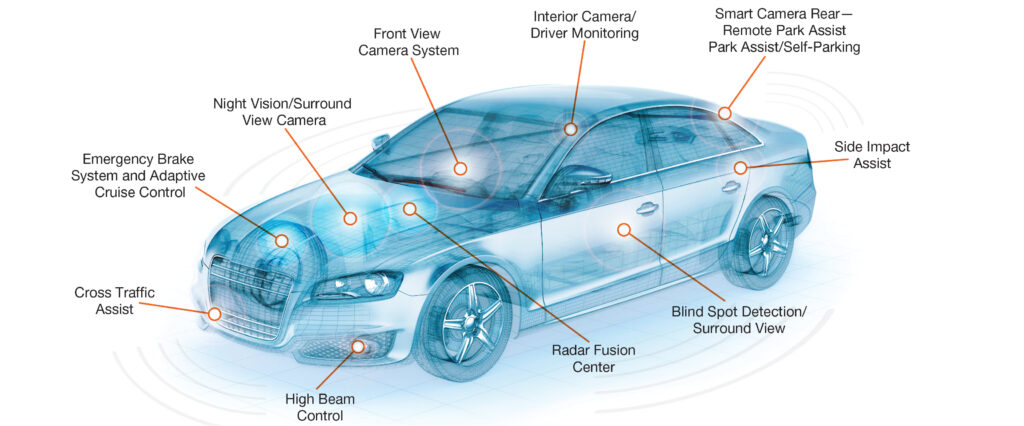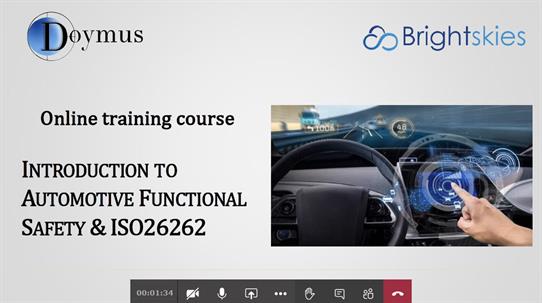

Online training course
This is a new training course that we offer as an online course jointly between Brightskies and Doymus on ISO 26262. We usually combine it with the Gap Analysis service to obtain information about the processes, methods and tools that we have to acquire or improve to tackle certifiable projects under ISO 26262.
The course is distributed in 4 sessions of 5 hours, which combines a theoretical part and another part with a case study, focused on the software part, where different tools and examples of requirements, design, static analysis and testing are shown.
The content of the course covers the concept phase (Part 3), the systems phase (Part 4), the hardware phase (Part 5) and the software phase (Part 6). The support processes (Part 8) are presented within the rest of the parts of the course.

The theoretical part is taught in English while the case study is taught in Spanish once the theoretical part is finished.
Agenda
Introduction to Functional Safety
Autonomous driving safety levels
Introduction to ISO 26262
ASIL levels
Accident Model
Hazard & Risk Assessment
Management of Functional Safety
Safety activities during concept phase
How to build a Hazard Analysis & Risk Assessment
Safety activities during system development
Technical Safety Concept
Freedom from interference analysis
Safety activities during software development (Part I)
Software Safety Requirements
Safety activities during software development (Part II)
Software Architecture (semi-formal and formal methods)
Design principles
Software architecture safety analysis
Software unit design & implementation
Software Verification vs. Safety Validation
Software Unit Testing
Software Integration Testing
Testing of Embedded Software
Safety activities during hardware development
Hardware Safety Requirements
Hardware Design
Evaluation of Architecture metrics (SPFM & LFM)
Evaluation of safety goal violation due to random HW failures
HW Integration & Verification
Safety activities during production and operation
Building the Safety Case
System Requirements & Software Requirements
Architectural Design
Software Coding Standards & HIS Metrics
Source Code Static Analysis
Unit & Integration Testing
100% Structural Code Coverage
Traceability (system -> software requirements -> test cases)

